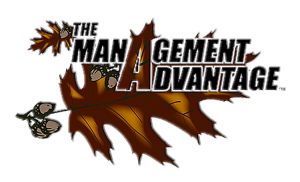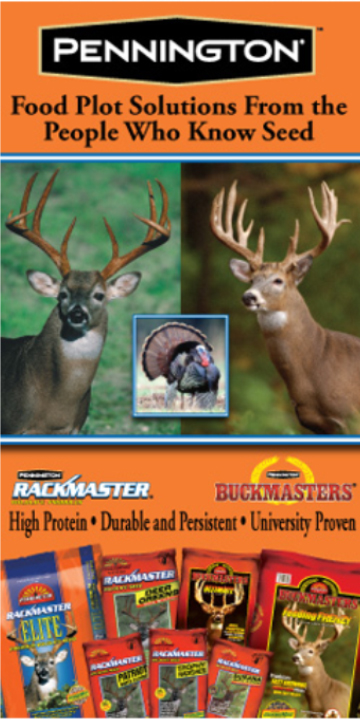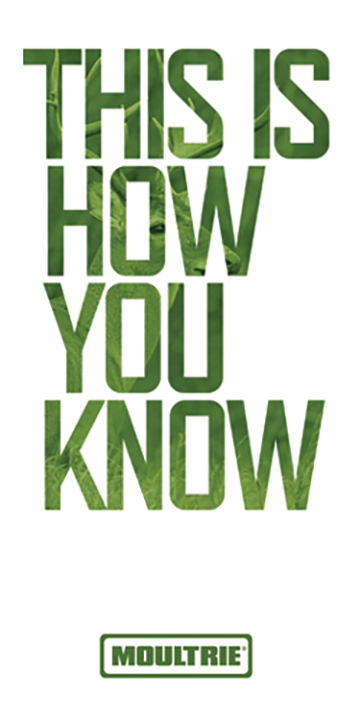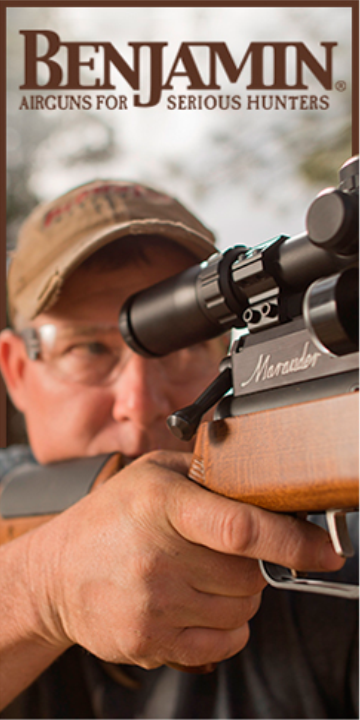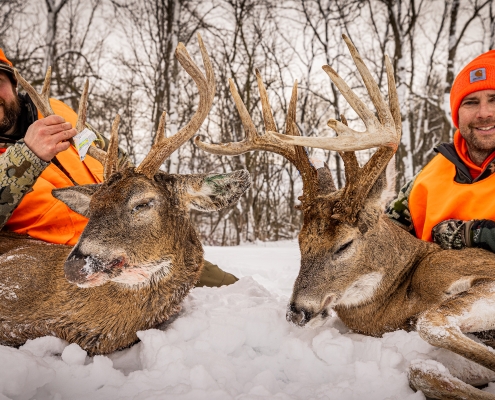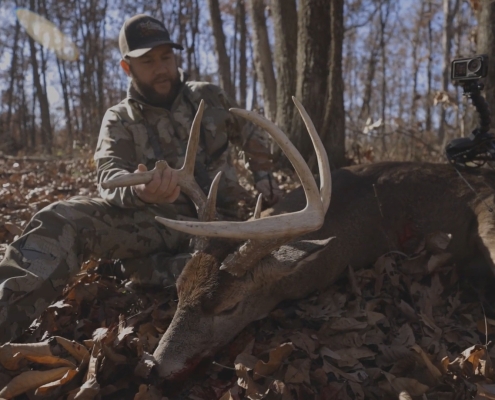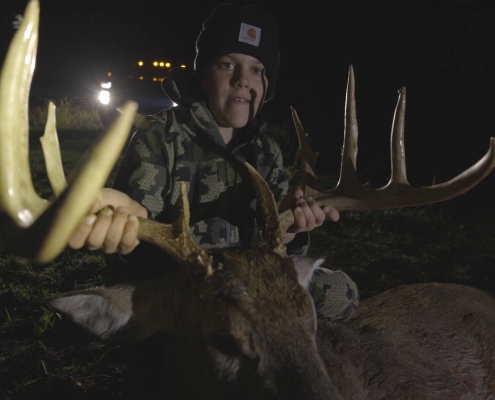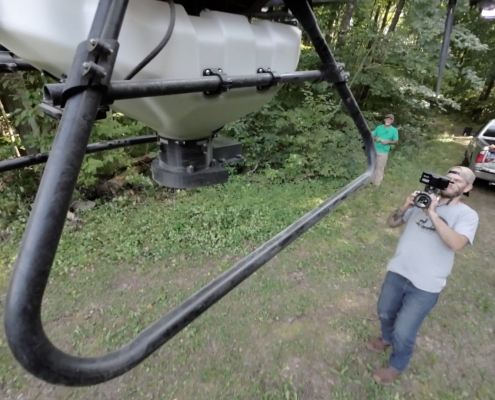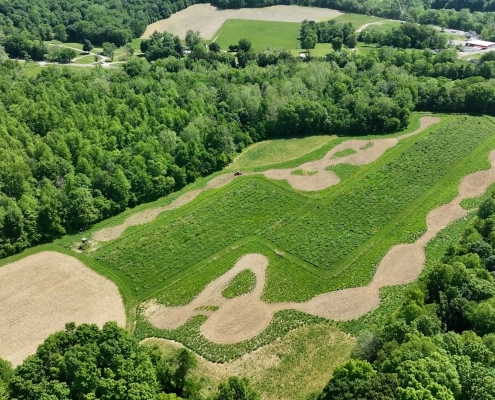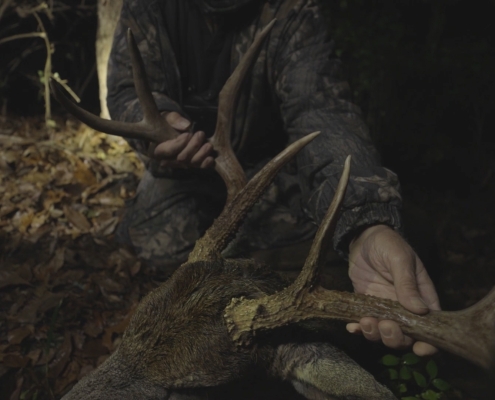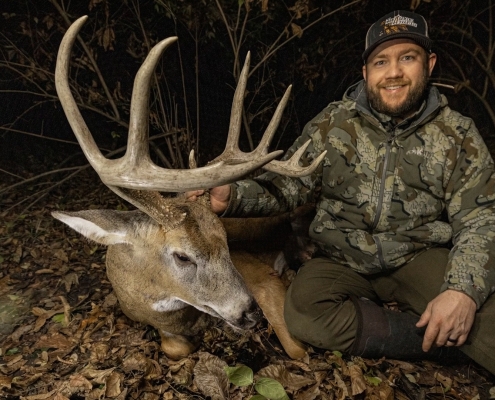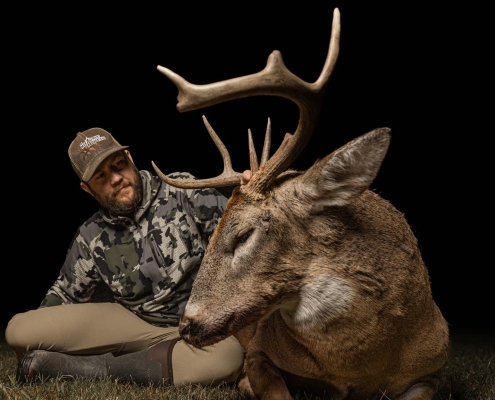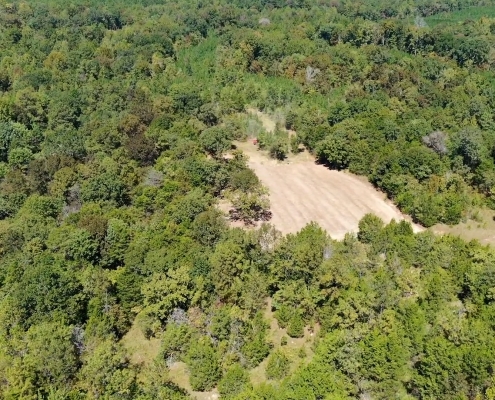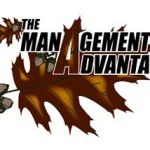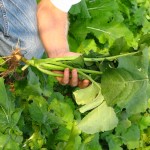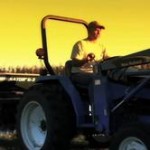Erich Long – Drumming Log Wildlife Management
I have a saying that I say a lot and it’s a saying that I make sure I tell people when either doing a seminar on Quality Deer Management or doing a consultation for a client and its “I can grow them for you, don’t ask me how to kill them”. With that being said, my job as a deer management consultant is not about educating you on hunting techniques, (believe me when I say someone needs to teach me), but my job is to educate you on how to grow not only big racked bucks but more importantly, grow a healthy deer herd over all.
As a deer manager, when someone brings up the subject of deer to me, my brain seems to work only in management mode, not in how to kill them mode. For the non QDM’ers out there who ask me questions about the animal, I tend to get this you’re a nerd look. It’s quite humorous really!
For example, when I was searching for ideas for an article, someone suggested to me to write about “should deer hunters be scouting this time of year”. As mentioned before, I quickly shifted to management mode and thought to myself, hunters shouldn’t be just scouting this time of year, but what they should be doing is learning about their deer. There is a big difference in the two and being an educator in deer management, I’m going to try to teach you a small sample of what you should be doing this time of year to achieve better results in your deer hunting this season.
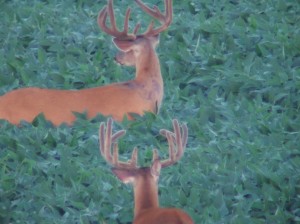 I’m a firm believer in the philosophy of, “if you want to grow big deer you have to know your deer”, and what a better time of year to achieve this. The months of June thru September are what I call observation time. It’s the time period that I get out there and observe deer over my nutritional forage areas and learn who is who. I strongly believe that every deer has either a personality or physical trait about them and if you can’t find it you’re not looking hard enough. The bucks tend to be easier to identify than the does, but the does do have things they do or physical markings to go by.
I’m a firm believer in the philosophy of, “if you want to grow big deer you have to know your deer”, and what a better time of year to achieve this. The months of June thru September are what I call observation time. It’s the time period that I get out there and observe deer over my nutritional forage areas and learn who is who. I strongly believe that every deer has either a personality or physical trait about them and if you can’t find it you’re not looking hard enough. The bucks tend to be easier to identify than the does, but the does do have things they do or physical markings to go by.
You may be asking how will this help me out this fall. Let me explain. Let’s discuss the does to show you some examples of what you should be doing and looking for this summer. When managing a deer herd you should be concentrating your management efforts on does since half of the genetics comes from them. With that being said, we tend to learn everything we can about them. Things to be looking for when observing this summer are how healthy do they look, how many fawns do they or don’t they have compared to their age class, and also you should be looking for are they the same does from the year before. Let’s go thru each one of those tips.
- How healthy do they look?
Observation and deer camera studies will achieve this. What you’re looking for here is are they this lean, mean milk producing machine. When you’re practicing Quality Deer Management that is what you’re striving for. Does their summer coat look good? Do they have an injury you should be concerned about and if they do, is it a big enough concern that deserves your attention this fall?. Lastly, are they eating primary forages that they need that are high in protein for quality milk production or are they eating secondary forages that tend to be lower in protein? If you notice this activity a lot out of your does, it should let you know it’s time to start harvesting some. Too many does in an area creates stress and stress will cause deer to seek out other forages that other deer aren’t utilizing as much. The point here is if your doe herd is at a manageable level, it will let you know. If your doe herd is low, the healthier they will be. There will be more primary forages to feed on and if they are foraging on high protein forages even an injury from the past hunting season should not be a big concern. We have let certain does walk that have only three legs that produce twin’s consistently year after year because they are healthy animals.
- How many fawns do they have compared to their age class?
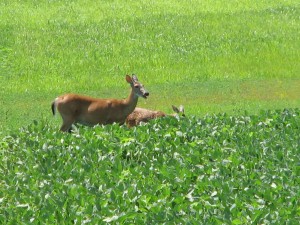 This is an important thing to observe when learning this summer. This technique will also let you know what you need to concentrate on this hunting season. To kill or not to kill is the question if you will! When observing this summer, you should notice 1 and a half age class having one fawn and two to four year olds producing only two. That’s a typical doe herd in my opinion, but that’s in a perfect world though. What you need to keep an eye on is those older class does producing only one or none. That will indicate many things but it tends to show that there may be too many does. Stress, there’s that nasty word again. Remember, stress dictates many things and fawn production and the quality of those fawns are one example.
This is an important thing to observe when learning this summer. This technique will also let you know what you need to concentrate on this hunting season. To kill or not to kill is the question if you will! When observing this summer, you should notice 1 and a half age class having one fawn and two to four year olds producing only two. That’s a typical doe herd in my opinion, but that’s in a perfect world though. What you need to keep an eye on is those older class does producing only one or none. That will indicate many things but it tends to show that there may be too many does. Stress, there’s that nasty word again. Remember, stress dictates many things and fawn production and the quality of those fawns are one example.
- Are they the same does from years past?
This is important to know because if majority of your doe herd starts getting up there in age, you might have to consider doing some remodeling. When practicing Quality Deer Management, you should notice a wide age of does. We want those old mule head shaped does to those young wipe the milk of their face looking does. That’s a healthy doe herd!
When jumping into the deer management world, there are many things to start considering before you even think about pulling a trigger. You have to stop thinking just about the harvest but about the health and well being of those animals. When you switch from being a manager instead of a consumer of your deer herd, the results are amazing. You’ll not only start seeing bigger, healthier deer but the feeling that you’ll get from making a difference with your management strategies is more fulfilling.
So grab your binoculars or spotting scope and get out there this summer! When you’re scouting deer this summer, try looking at them from my prospective, the management prospective.
Good luck and thanks for being a deer manager!
